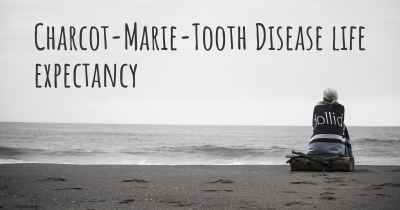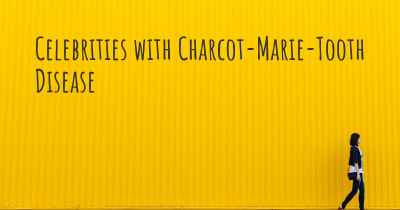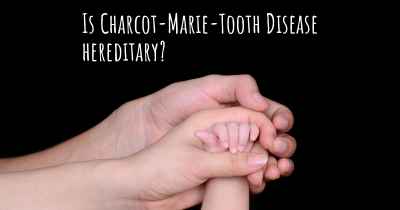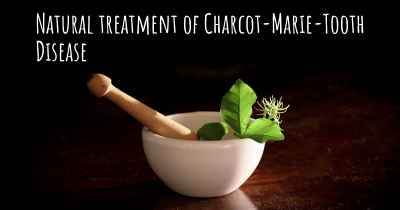4
How is Charcot-Marie-Tooth Disease diagnosed?
See how Charcot-Marie-Tooth Disease is diagnosed. Which specialists are essential to meet, what tests are needed and other useful information for the diagnosis of Charcot-Marie-Tooth Disease
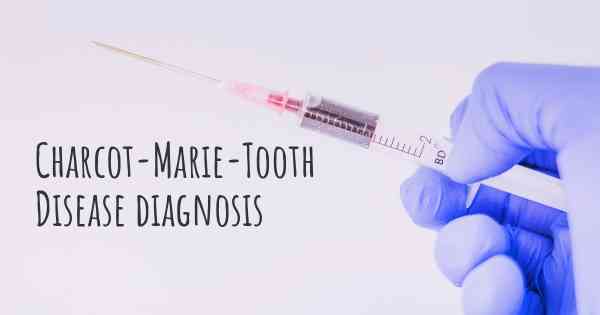
CMT is diagnosed Most commonly through genetic screening done by a professional genetic doctor
Posted May 21, 2018 by Joe 4050
The appearance of lower limbs weakness
Posted May 22, 2018 by Gabriel 1700
Neurologists usually start with nerve conduction tests. Testing reflexes. Family history. Best way to diagnose CMT is with gentic testing, however it is expensive and many insurance companies won't pay for it.
Posted May 22, 2018 by Dawn 4050
Nerve conduction studies
EMG
EMG
Posted May 22, 2018 by Suzie 500
Family history, nerve conduction tests and genetic testing
Posted May 23, 2018 by Karencmt 2620
To diagnose CMT, your doctor will order tests to help determine the cause and extent of your nerve damage. These tests may include a nerve conduction study, electromyography, nerve biopsy, and genetic testing.
Posted May 23, 2018 by Darren 550
Not every family doctor can noticed the symptoms of CMT. For me to be diagnosed I had to switch my family doctor and he sent me to a foot specialist. That foot specialist sent me to a neurologist and that is where I was given tests, Genetic and other tests with needles. I think that to be diagnosed with CMT you have to have a genetic test, probably more than one. There is also a couple other test to show how you walk if it is to that point of CMT.
Posted May 23, 2018 by SavShelton 2550
CMT is diagnosed by blood test or nerve conduction test. It is good to have a neurologist, orthotist, podiatry.
Posted May 27, 2018 by Danielle 400
These days by a simple blood test.
Type 1 is caused by a duplication of the protein PMP-22 on Chromosome 17.
Type 1 is caused by a duplication of the protein PMP-22 on Chromosome 17.
Posted May 29, 2018 by Daniel 4200
I forget what the test was. But it shocked the heck out of me. Painful test
Posted Dec 8, 2019 by Bob 1400
Neurologists usually make the diagnosis with either an EMG or nerve biopsy. Genetic testing is also available.
Posted Feb 7, 2020 by Roberta 1900
Genetic tests, familial history, examination and nerve conduction studies, although the nerve conduction studies are not diagnostic but indicate there is a problem with nerve conduction.
Posted Feb 8, 2020 by Rhonda 1300
Neurologist visit, a nerve conduction survey and/or nerve biopsy.
Posted Feb 8, 2020 by Skrick 650
Nerve conduction, hammer toes, high arch or flat feet, champagne legs. Hypermoblity in hands and feet.
A gene test by blood work
No cure at moment so just braces, walkers,canes, opthepidic
A gene test by blood work
No cure at moment so just braces, walkers,canes, opthepidic
Posted Feb 9, 2020 by Susan 600
CLINICAL EVALUATION, MRI OF BRAIN AND SPINE, ELECTROMYELOGRAM, GENETIC TESTING
Posted Feb 9, 2020 by Jim 3000
It can take a long time to figure out that a patient has CMT. If you are aware of others in your family with similar physical difficulties then that can be helpful as CMT is inherited. There are those that can spontaneously develop it though.
Listening to a patient, checking them out physically for reflexes is a help. Most do not have reflexes because of diseased nerves. EMG’s will show absent or delayed nerve impulses when done and are definitely a prognosis tool. Getting a family history is very important. I inherited it from my mom who inherited it from her dad. The genetic pattern can determine what you have. Genetic tests often will be of value. Nerve biopsies can show if the nerves are affected. X-rays are of no value in the diagnosis.
Once you have been diagnosed with CMT you should be seen by a neurologist. There is not a cure but there is help found by seeing a neurologist and an orthopedic doctor familiar with CMT. Many foot and hand deformities can be helped with surgery. Sleep apnea is also common with CMT so seeing someone for an evaluation of your sleep should be done.
Listening to a patient, checking them out physically for reflexes is a help. Most do not have reflexes because of diseased nerves. EMG’s will show absent or delayed nerve impulses when done and are definitely a prognosis tool. Getting a family history is very important. I inherited it from my mom who inherited it from her dad. The genetic pattern can determine what you have. Genetic tests often will be of value. Nerve biopsies can show if the nerves are affected. X-rays are of no value in the diagnosis.
Once you have been diagnosed with CMT you should be seen by a neurologist. There is not a cure but there is help found by seeing a neurologist and an orthopedic doctor familiar with CMT. Many foot and hand deformities can be helped with surgery. Sleep apnea is also common with CMT so seeing someone for an evaluation of your sleep should be done.
Posted Feb 13, 2020 by Linda 1550
Translated from spanish
Improve translation
Electromyography and genetic studies
Posted Sep 4, 2017 by Lorena 2000
